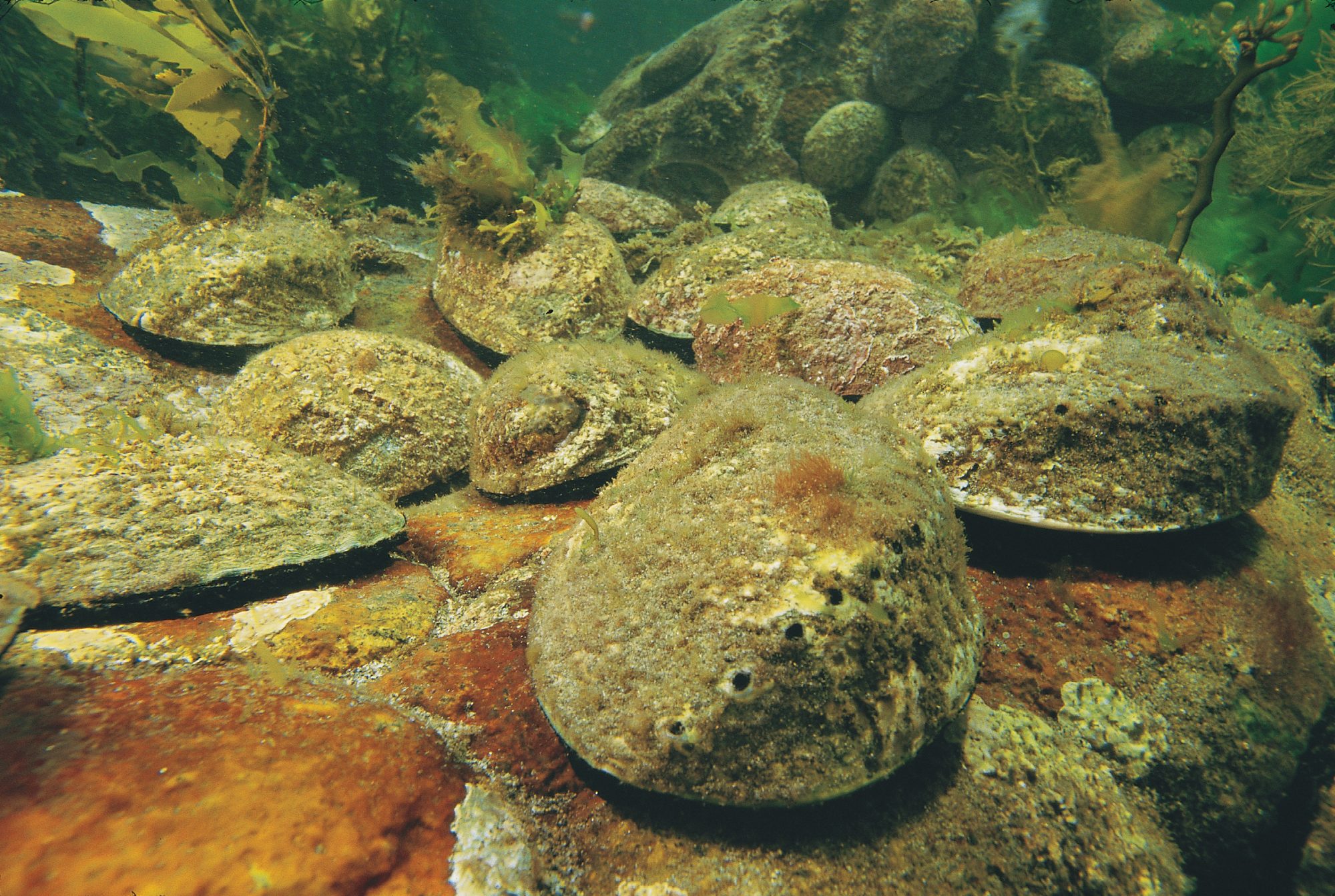With summer (nearly) here and more freedivers head out diving for kai it is important to remember that as of the 4th of September 2023 the Paua catch limits have been reduced by MPI from 10 per person to 5 per person. Now on the surface this may be frustrating for lovers of the native abalone, but there are great reasons for this change in the Central Recreational Fishing Zone.

Firstly, Paua take about 12 years to grow to legal size. This means that if the pressure on their breeding stocks becomes too high, the number of Paua can dwindle quickly and takes a long time to replenish. Reducing catch limits in turn reduces pressure on the population allowing the stocks to return to their former numbers.
Paua are considered taonga to Maori for a number of reasons. Their beautiful shell has a variety of uses and is an extremely unique pattern. They can be polished both inside and out to reveal the bright blue-green-purple waves they are famous for. Additionally, Paua have a process similar to oysters and other shellfish in which they can produce “Paua pearls”. Found on the inside of the shells, they are flatter than regular pearls but can be just as beautiful.

Paua are also valued for their eating quality. Both Black Foot and Yellow Foot Paua are eaten, with the only real difference being their size. Paua are excellent minced, sliced thinly and fried, boiled, or even as sushi. People will often employ a variety of techniques to tenderize the Paua, although this mostly comes down to personal preference.

Paua are typically found in rocky coastal areas and intertidal zones, they use their strong ‘foot’ muscles to anchor to the rocks. They have primitive eyes, described as ‘pinhole eyes’ that can detect changes in light and motion. This is useful to avoid predation. Predators of Paua are abundant in New Zealand waters, and include Starfish, Octopus, Snapper, Wrasse, and some varieties of crab. Sea mammals have even been observed eating Paua when the opportunity presents itself. Sea Birds can also eat small Paua that have been exposed by outgoing tides.
This highlights the necessity of treating Paua with respect. If you gather a Paua that does not meet legal size limits (125mm for Black Foot and 80mm for Yellow Foot) rather than just chucking them back in, place the individuals on a rock (preferably the one they came from if possible). This allows the Paua to reattach to the rock and does not leave them vulnerable to predation when lying shell down. Also, using blunt plastic tools to pop the Paua off of rocks is crucial. Paua are hemophiliacs, meaning if they are cut they are unable to clot the wound and will bleed out and die. Using a blunt tool reduces the risk of cutting a Paua that is too small to take and therefore can be replaced on a rock to live another day.
If you are interested in Paua and techniques for gathering them, cooking them or what tools to use come down to the shop and we can help out to the best of our abilities.

Paua measures and tools for sale:
https://diveski.co.nz/product/174-Kai-Measurer
https://diveski.co.nz/product/100-P-ua-Measure-tool
https://diveski.co.nz/product/219-Paua-Blade-Pro-Dive
Local MPI fishing Regulations as of 15/09/2023:
https://www.mpi.govt.nz/dmsdocument/7281-Central-Recreational-Fishing-Rules
